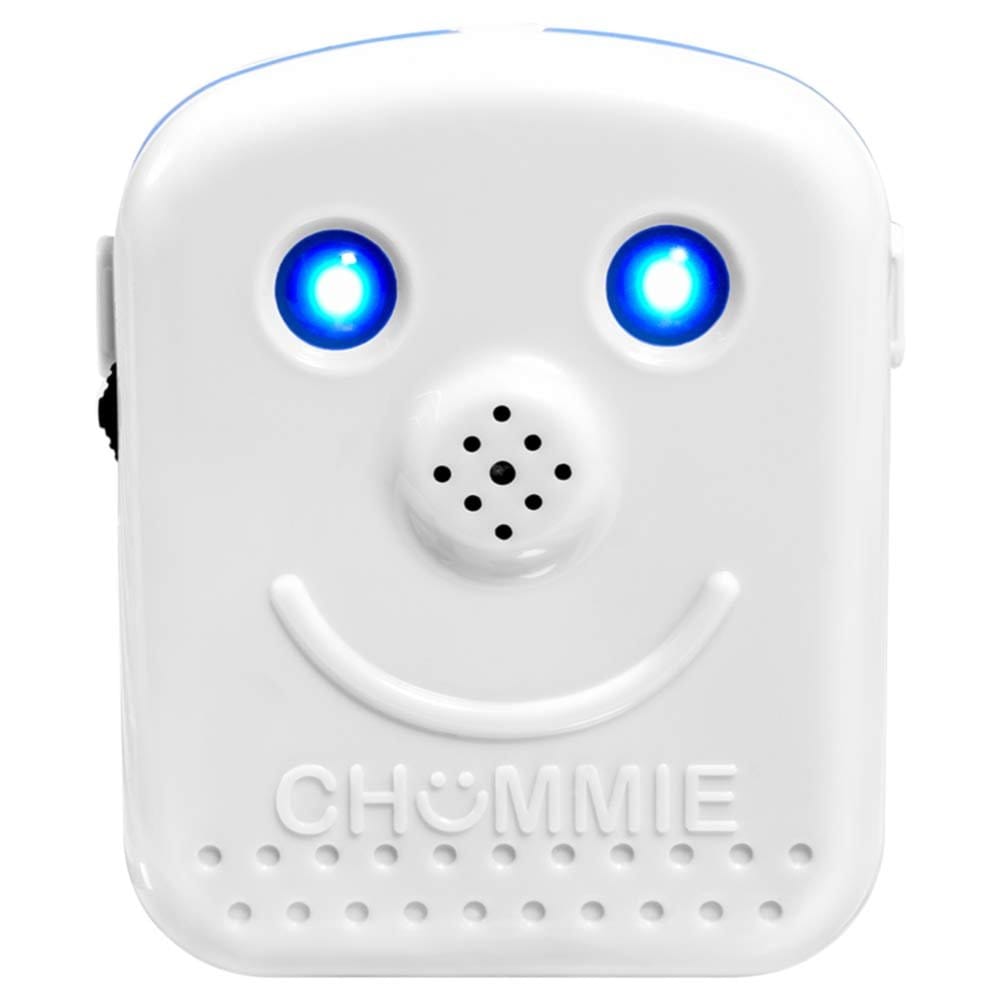How to Stop Bedwetting
Bedwetting or enuresis is one of the more common behavioral issues with kids. Bedwetting takes place when a kid, instead of awakening and going to the toilet, or just 'holding it'; releases urine when the bladder gets full during sleep. There are a great deal of factors for it - deep sleep, a small bladder capability, an increased production of urine throughout night and constipation. In some cases, even sensitivity towards specific foods can contribute towards enuresis. Research studies indicate that kids who experience enuresis stop working to sign up the connection between the desire to urinate and the requirement to get up and go the restroom. It is as if their brain was differently 'wired' and this basic behavior pattern is missing from their mental cosmetics.
A number of treatment alternatives are readily available - medication, Waterproof mattress pads and bedwetting alarms. While medication always has its intrinsic risks, a bed pad is plain unpleasant. Its plastic surface does not tend towards a relaxed sleep and neither does it sound the alarm when the kid expels just a percentage of urine.
The most safe bet for any moms and dad of a kid struggling with enuresis is a bedwetting alarm. This kind of an alarm has a sensory disc, which can be attached to the child's underwear, which in turn is linked to a device, which sounds an alarm immediately when the disc signs up wetness. The theory is that if you achieve success in awakening the kid as soon as he feels the desire to urinate, you can train him to go to the restroom instantly. The kid's brain signs up the connection between these 2 acts and learns this habits. Eventually the child will discover to get up without the need for an alarm and bedwetting would stop.
Since they initiate a behavioral modification in the child, the use of bedwetting alarms is extremely recommended. In truth, research studies show that these gadgets have success rate of 60% to 80%. While medication is a stopgap arrangement, the alarms teach the kid a lifelong routine. These gadgets usually have a basic modus operandi. The alarm is linked by cable to a little sensing unit. This sensor is connected to the beyond the child's underclothing. The lightweight alarm system is anchored generally to the shoulder or lapel of the kid's pajamas. The sensor must be positioned where the first drop of urine would be expected. Moisture activates the alarm (typically auditory), forcing the child to wake.
Initially, some problems might be experienced while using the alarm. The child might sleep through the disconcerting alarm, pull it off during sleep or refuse to utilize it. In these cases, moms and dads need to proceed with extreme perseverance. They would have to assist the child to wake up throughout the night and ultimately he will discover to respond to the alarm. An uneasy sleeper may remove the sensor. Therefore, it is necessary to select a design that adheres securely to underclothing, while at the same time is not uneasy. In the case of a kid's refusal to its usage, you need to try to show its operation. Listen to his objections and encourage him by effectively resolving his issues. However, in no circumstance must a bedwetting alarm be forced upon the child.

Post a Comment